Microeconomics ECON 2302: Analysis of Demand Elasticity Differences
VerifiedAdded on 2022/11/29
|5
|515
|305
Discussion Board Post
AI Summary
This discussion board post analyzes the demand elasticity of two distinct products: tobacco and motor vehicles. The assignment begins by defining demand elasticity and its significance, particularly in how consumers respond to price fluctuations. The student then examines the tobacco market, highlighting its inelastic demand due to the addictive nature of the product. Even with price increases, demand remains relatively stable, demonstrating how the supplier can manage prices. Conversely, the analysis turns to motor vehicles, a product with elastic demand, where consumers are more sensitive to price changes and can delay or substitute purchases. The student explains the implications of these different elasticities for suppliers, emphasizing the need to understand demand characteristics to make informed pricing and production decisions. The analysis incorporates figures and references to support the arguments, offering a comprehensive view of how elasticity influences market dynamics. This assignment is contributed by a student to Desklib, a platform providing AI study tools for students.
1 out of 5
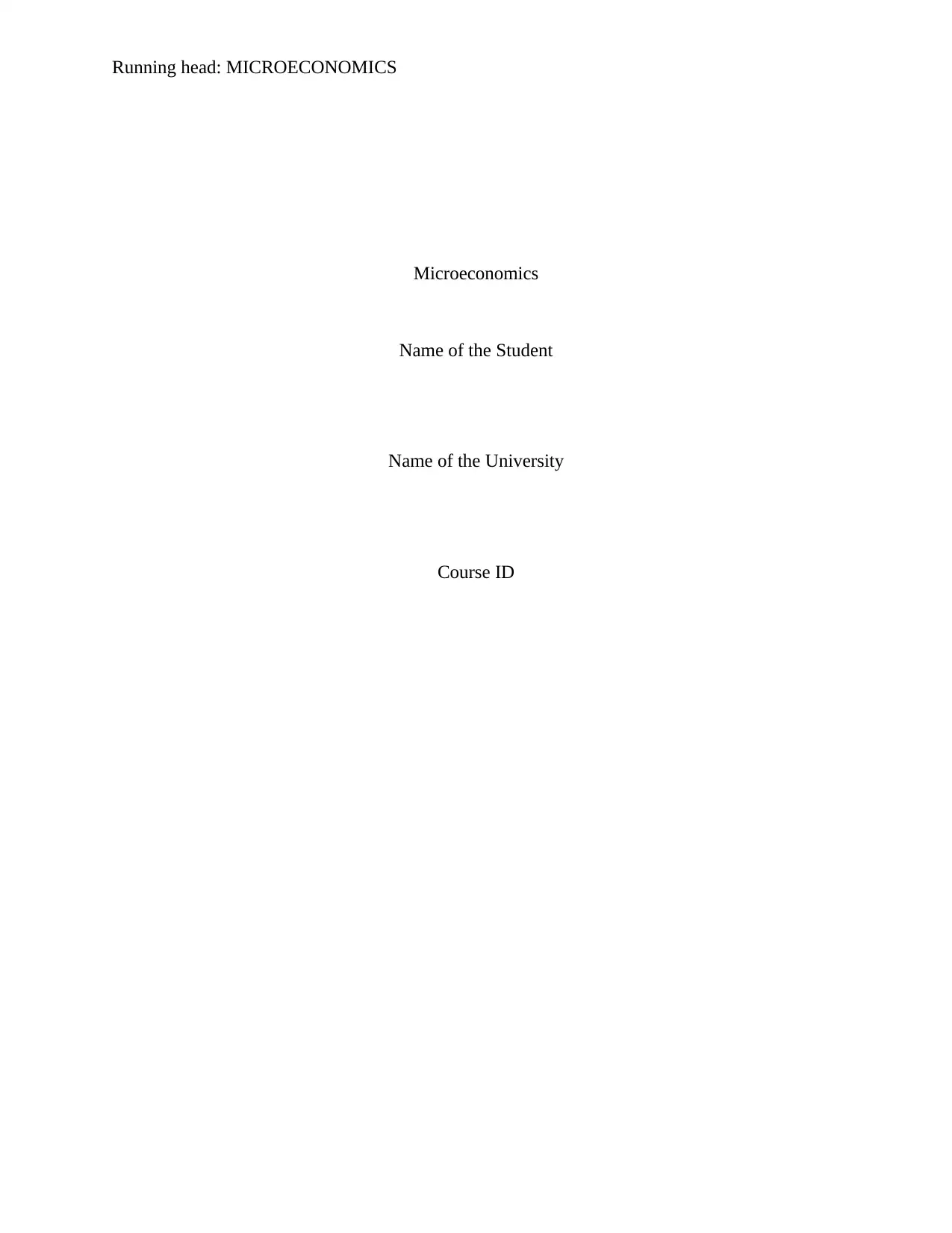
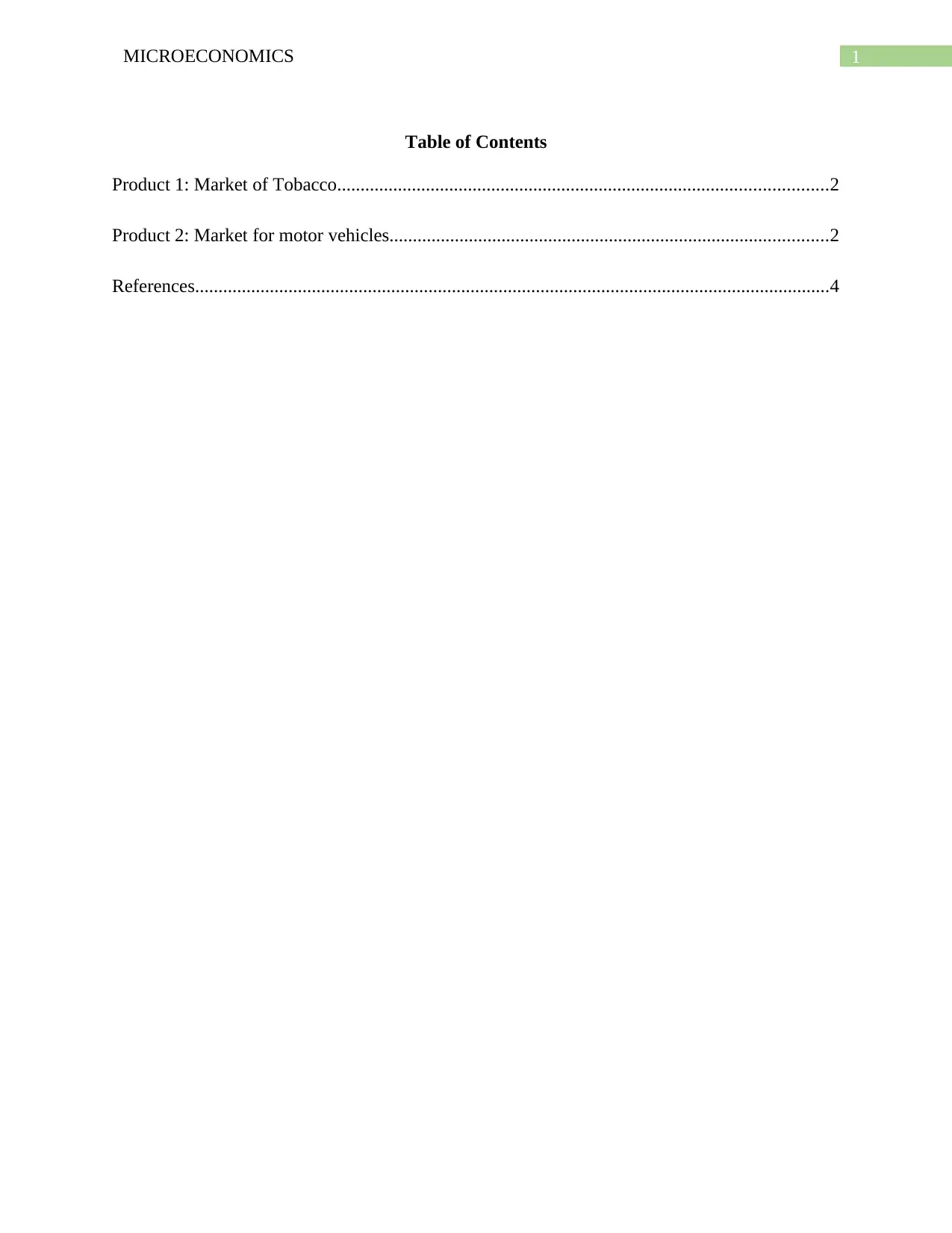
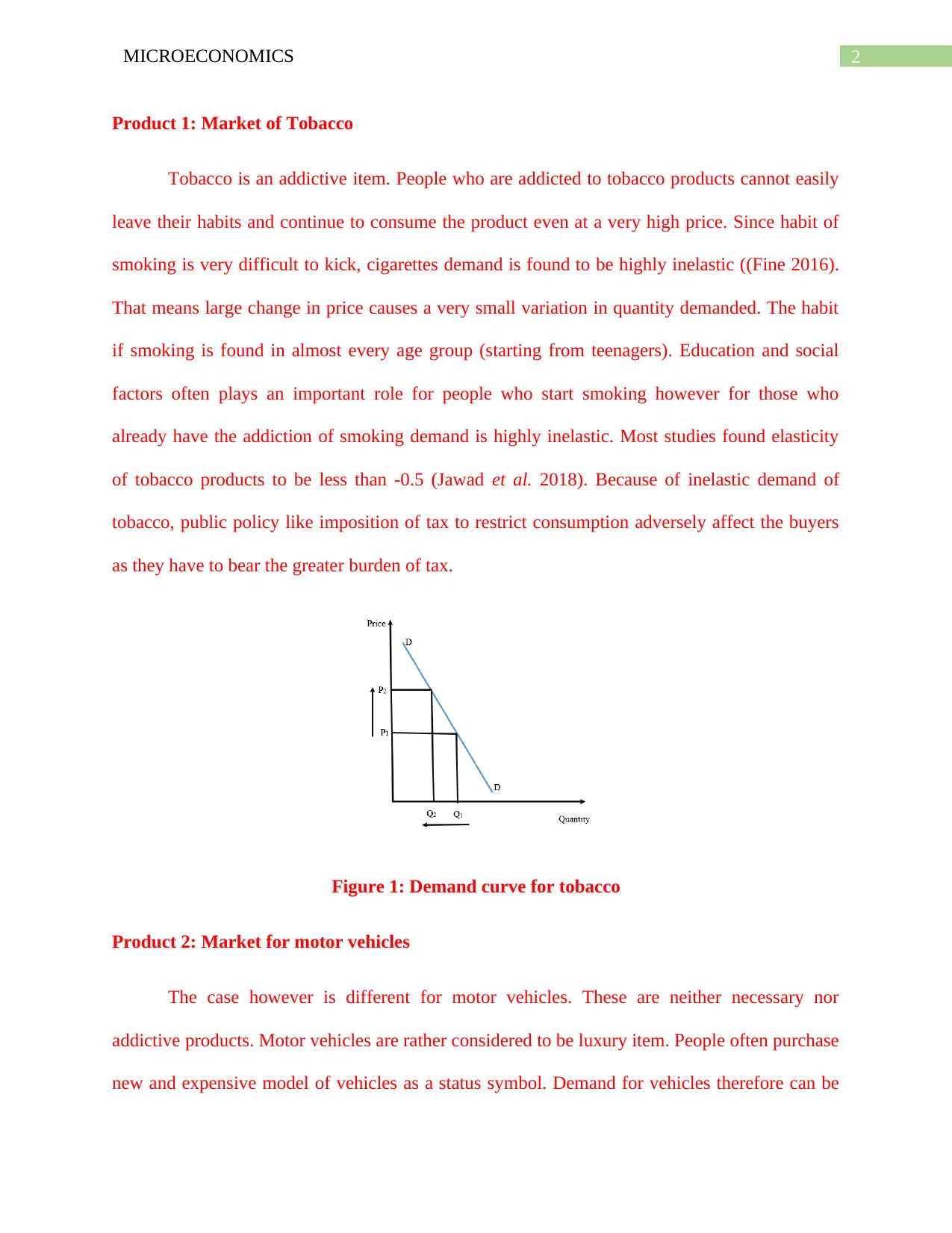

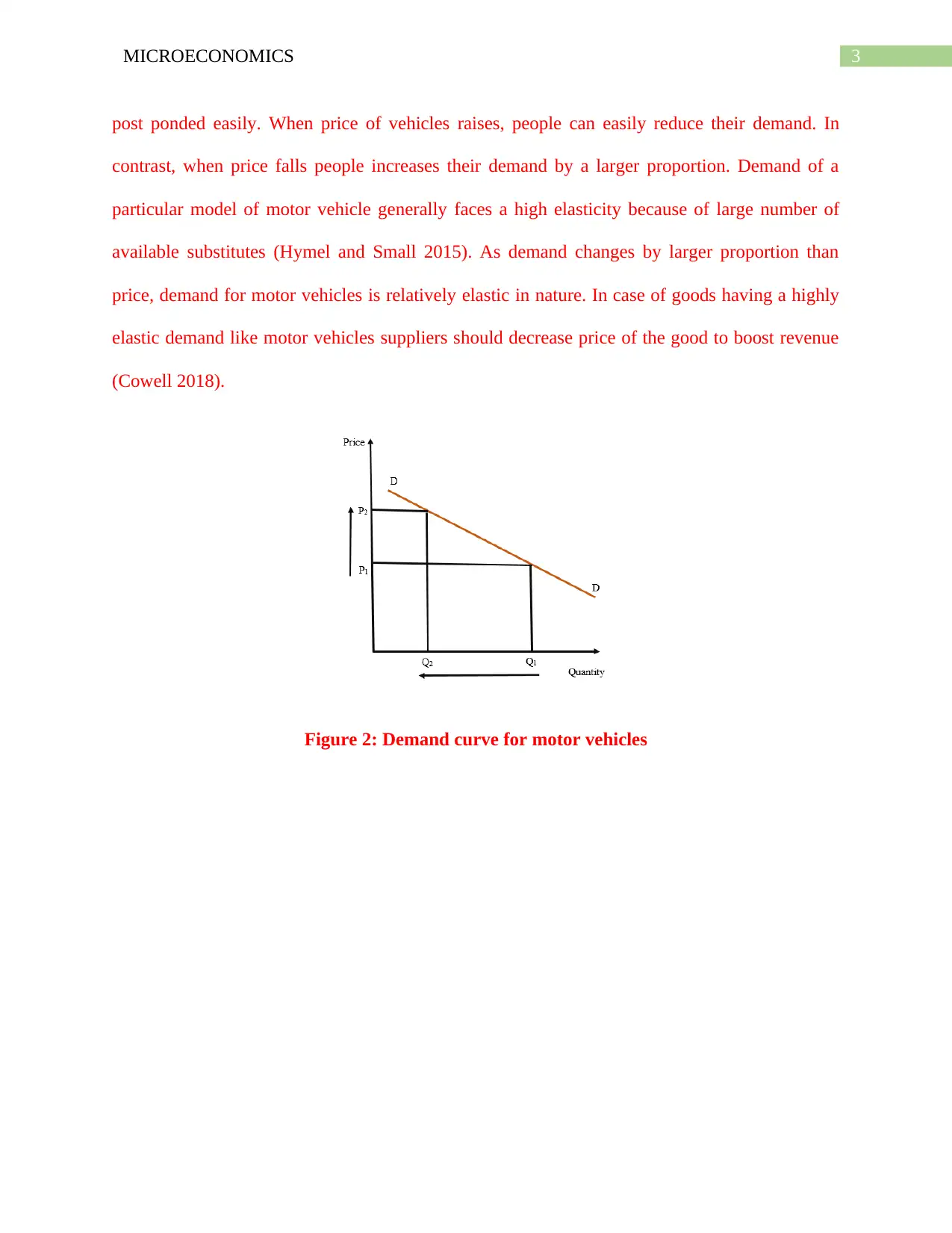
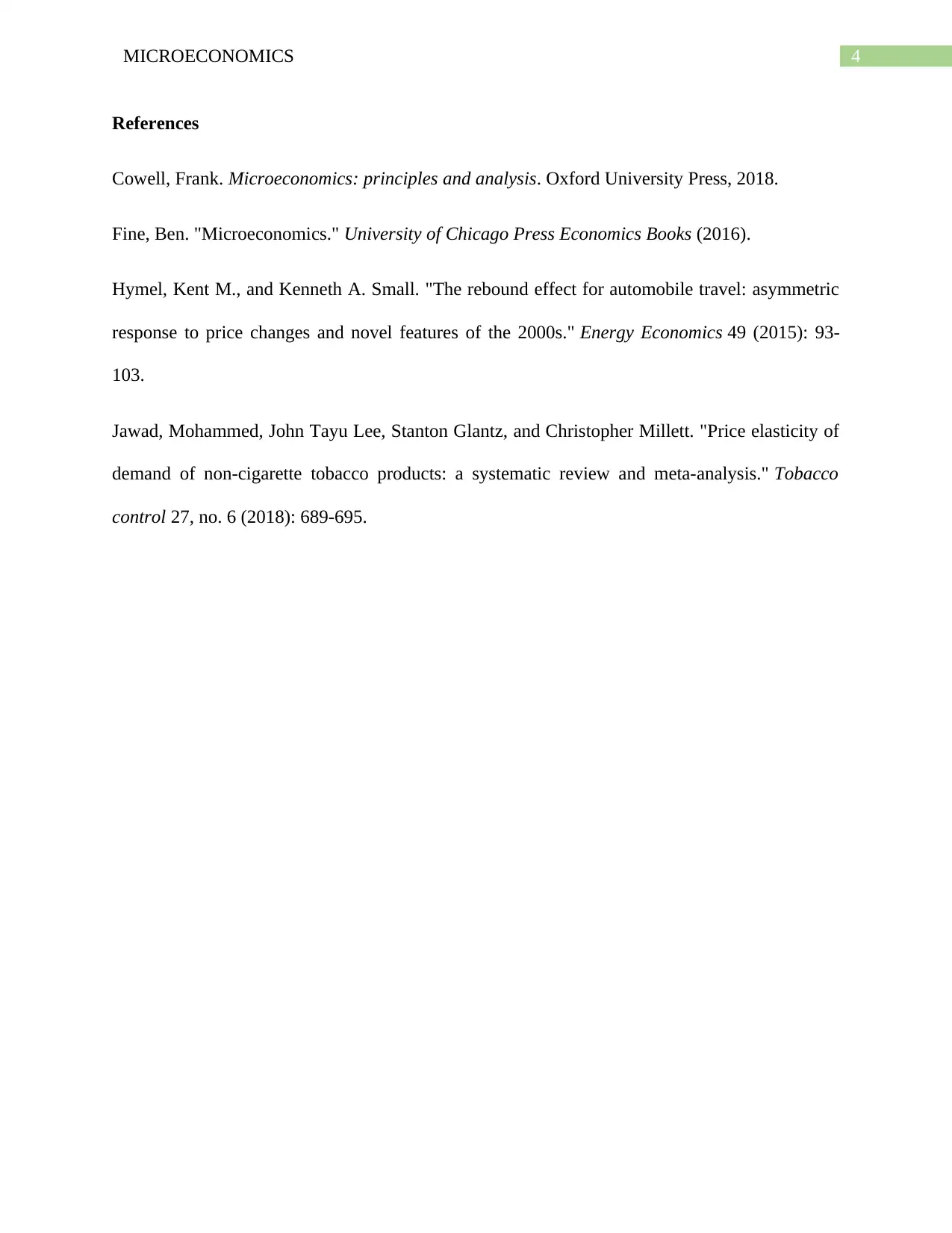





![[object Object]](/_next/static/media/star-bottom.7253800d.svg)